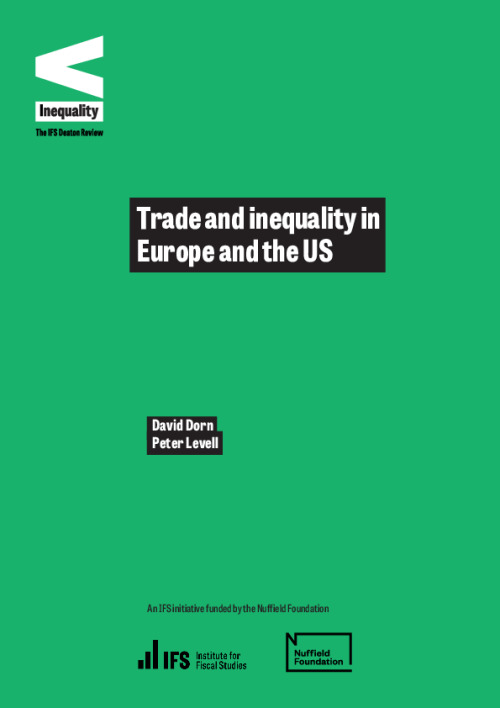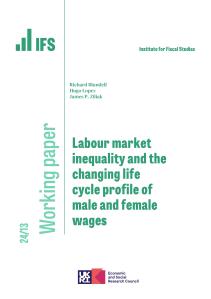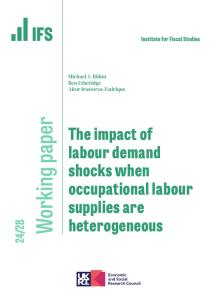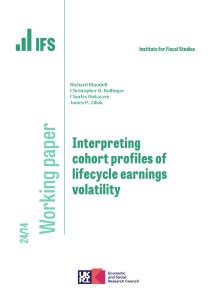Many economies in Western Europe have experienced a sizeable increase in income inequality since the 1980s, and inequality has grown even more rapidly in the United States. Whereas educated workers in skilled occupations benefited from rising salaries, wages have stagnated for many less educated workers in unskilled occupations. The rising inequality in advanced economies coincided with a period of globalisation that was characterised by rapid growth in international merchandise trade.
Basic economic models predict that trade could contribute to greater inequality in skill-abundant advanced economies, as globalisation leads such countries to specialise in skill-intensive industrial sectors, which raises labour demand for skilled workers but reduces demand for unskilled ones. Yet despite this theoretical link between trade and inequality, empirical analyses long concluded that increased trade was not a major cause of increasing inequality in advanced economies. However, this perspective on trade and inequality has evolved during the decade of the 2010s, as a growing body of empirical research found sizeable impacts of trade shocks on labour markets and inequality. During the same period, international trade has become a more contentious subject in political debate, and a many-decades-old trend towards greater trade liberalisation has been broken by new tariffs that resulted in a ‘trade war’ between the US and China.
Key findings
- The last four decades saw rapid growth in global merchandise trade, an extraordinary increase in the importance of low-income countries in world trade, growing trade imbalances across exporting and importing countries, and the growth of global value chains. All of these changes were most evident in the 1990s and 2000s and have slowed since the financial crisis. A common factor contributing to these patterns was the emergence of China as an exporting powerhouse.
- Evidence from Europe and the United States shows that trade has increased inequality not just between workers of different skill levels, but also between those of different industries and those of different geographic regions. Growing import competition from China caused declines in both employment and wages for workers in trade-exposed industries and locations. Increases in offshoring and in exports were associated with employment and wage gains for at least some workers.
- Manufacturing employment declined the most in countries that experienced a rising trade deficit in their goods exchange with China. While a rapid increase in imports from China was pervasive across high-income countries, there was much greater international heterogeneity in exports to China. Countries such as Germany and Switzerland strongly expanded exports to China and experienced little decline in domestic manufacturing employment, while the number of manufacturing jobs sharply contracted in countries such as the UK and the US where exports to China lagged behind imports.
- We provide new evidence on the impact of Chinese import competition on consumer prices in the UK. While consumers benefit from lower prices thanks to increased trade, these benefits are comparably large for low-income and high-income households.
- Growing import competition and its adverse labour market impacts have also been connected to a range of social problems and measures of discontent. Regions with greater exposure to import competition experienced higher crime rates, a deterioration of health outcomes, a dissolution of traditional family structures, and greater support for far-right political parties. We present evidence that attitudes towards international trade in the general population were deteriorating in the 2000s, but have rebounded over the last decade.
- New import tariffs such as those imposed by the US in 2018 and 2019 are unlikely to help the losers from globalisation. Instead, displaced workers may be supported by a combination of transfers that avert financial hardship, skills training that facilitates their reintegration into the labour market, and place-based policies that stimulate job creation in depressed locations.











